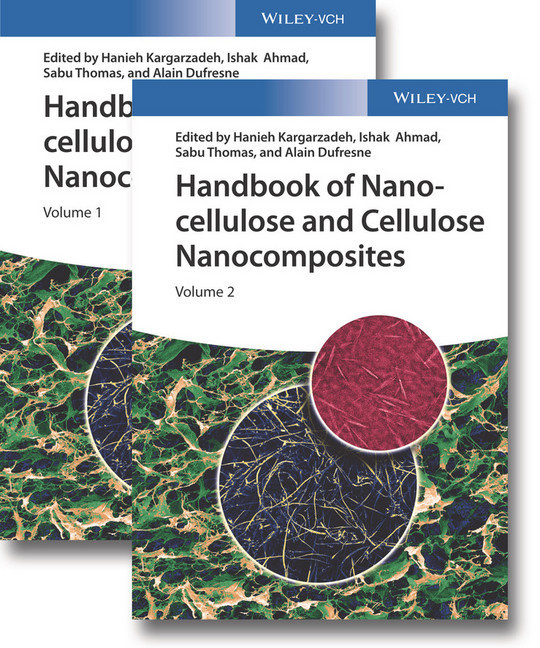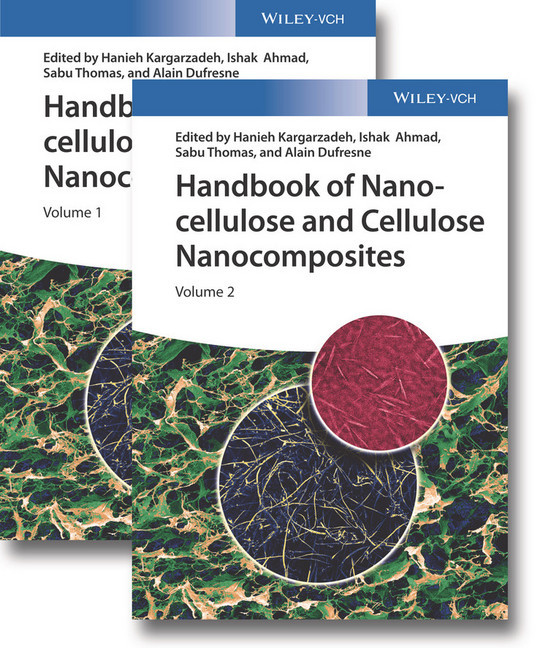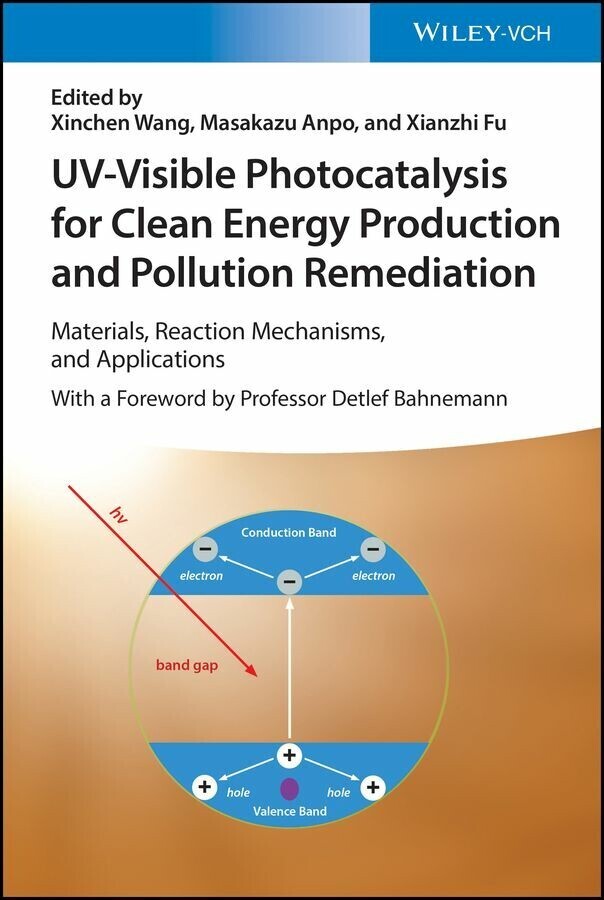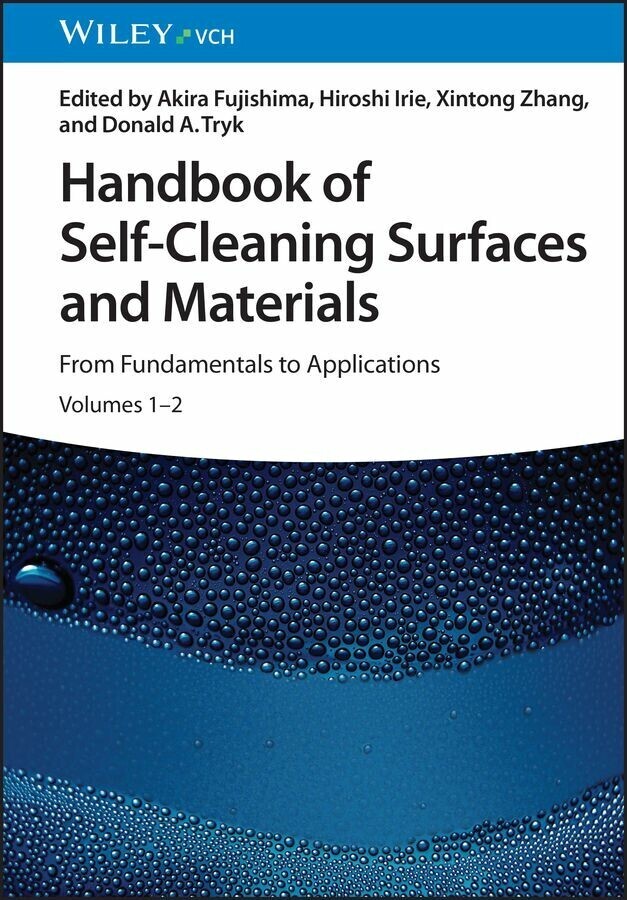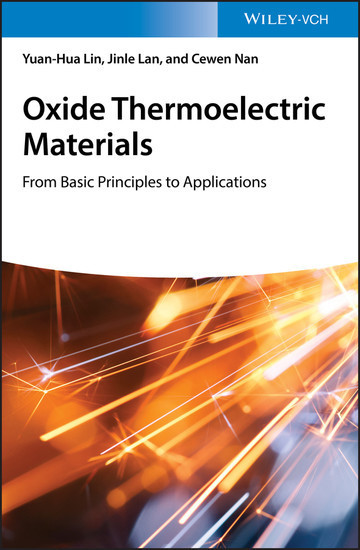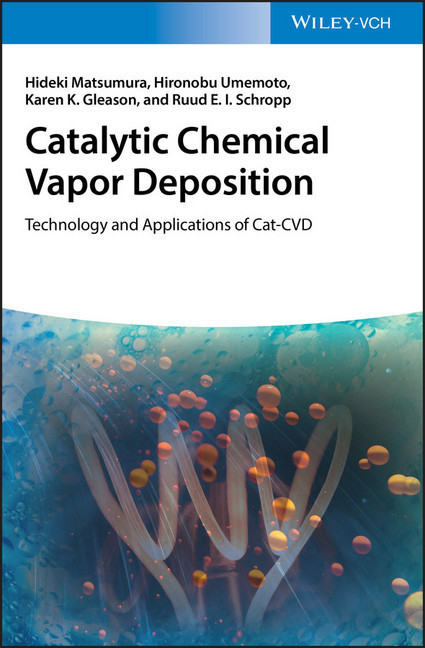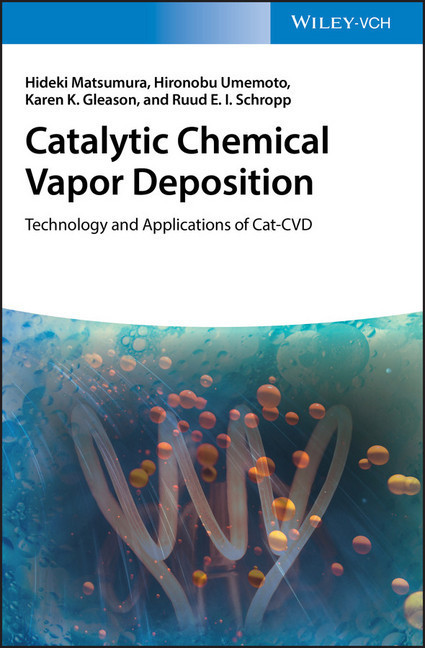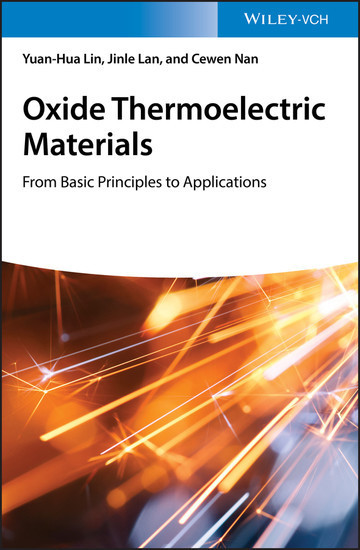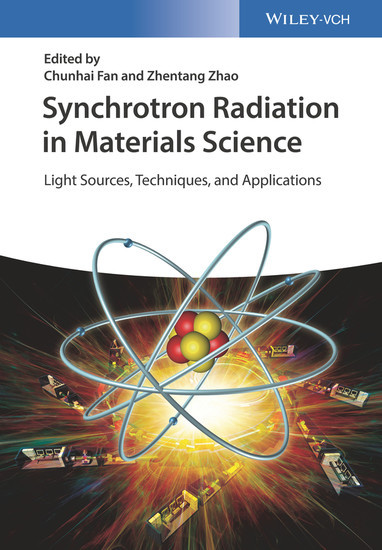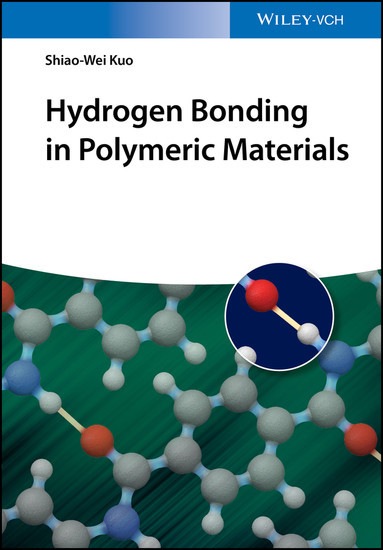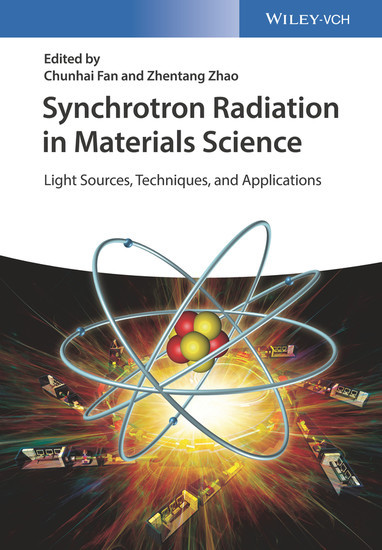Handbook of Nanocellulose and Cellulose Nanocomposites, 2 Volume Set
An up-to-date and comprehensive overview summarizing recent achievements, the state of the art, and trends in research into nanocellulose and cellulose nanocomposites.
Following an introduction, this ready references discusses the characterization as well surface modification of cellulose nanocomposites before going into details of the manufacturing and the self-assembly of such compounds. After a description of various alternatives, including thermoplastic, thermosetting, rubber, and fully green cellulose nanocomposites, the book continues with their mechanic and thermal properties, as well as crystallization and rheology behavior. A summary of spectroscopic and water sorption properties precedes a look at environmental health and safety of these nanocomposites.
With its coverage of a wide variety of materials, important characterization tools and resulting applications, this is an essential reference for beginners as well as experienced researchers.
Hanieh Kargarzadeh is a post-doctoral research fellow at the Universiti Kebangsaan Malaysia (UKM) in Selangor, Malaysia. She received her MSc in organic chemistry from Islamic Azad University of Gachsaran, Iran, in 2007 and completed her PhD at Universiti Kebangsaan Malaysia, in 2013.
Dr. Kargarzadeh has published a number of papers in high quality international journals and has been involved in a number of books as the author for different chapters. Her research interests lie in the area of nanocomposites, cellulose nanomaterials, and polymer blending.
Ishak Ahmad is Professor at the School of Chemical Sciences and Food Technology, Universiti Kebangsaan Malaysia (UKM), as well as Head of the Nanocrystalline Research Consortia, under National Nanotechnology Directorate (NND), Malaysia.
Prof. Ahmad has authored more than hundred research papers in international peer-reviewed journals and proceedings in the area of polymer composites, nanocomposites, polymer blends, polymer recycling and polymer hydrogels. Furthermore, he has written 3 books and contributed chapters to various books. Prof. Ahmad holds four patents.
Sabu Thomas is the Director of the International and Interuniversity Centre for Nanoscience and Nanotechnology as well as full professor of Polymer Science and Technology at the School of Chemical Sciences of the Mahatma Gandhi University in Kottayam, India. His research interests include polymer nanocomposites, polymer blends, green bionanotechnological and nano-biomedical sciences.
Prof. Thomas has authored more than 600 peer reviewed publications, reviews and book chapters, co-edited 53 books and holds 6 patents. Furthermore, he has received a number of national and international awards, including a Fellowship of the Royal Society of Chemistry, MRSI award, CRSI award, the Distinguished Professorship award form Josef Stefan Institute, Slovenia, and the Sukumar Maithy award. The H Index of Prof. Thomas is 77 and having a citation of over 25,5000. Recently, Prof. Thomas has been awarded Honoris Causa by the University of South Brittany, France.
Alain Dufresne is Professor at the International School of Paper, Print Media and Biomaterials at Grenoble Institute of Technology, Grenoble, France. He has been a visiting professor in Brazil and Malaysia. His interests lie in the area of nanocomposites, heterogeneous polymer systems, as well as sustainable and renewable materials.
Prof. Dufresne has authored more than 240 research papers as well as 40 book chapters and holds 7 patents. Furthermore, he is a member of the editorial board of several international scientific journals.
Following an introduction, this ready references discusses the characterization as well surface modification of cellulose nanocomposites before going into details of the manufacturing and the self-assembly of such compounds. After a description of various alternatives, including thermoplastic, thermosetting, rubber, and fully green cellulose nanocomposites, the book continues with their mechanic and thermal properties, as well as crystallization and rheology behavior. A summary of spectroscopic and water sorption properties precedes a look at environmental health and safety of these nanocomposites.
With its coverage of a wide variety of materials, important characterization tools and resulting applications, this is an essential reference for beginners as well as experienced researchers.
Hanieh Kargarzadeh is a post-doctoral research fellow at the Universiti Kebangsaan Malaysia (UKM) in Selangor, Malaysia. She received her MSc in organic chemistry from Islamic Azad University of Gachsaran, Iran, in 2007 and completed her PhD at Universiti Kebangsaan Malaysia, in 2013.
Dr. Kargarzadeh has published a number of papers in high quality international journals and has been involved in a number of books as the author for different chapters. Her research interests lie in the area of nanocomposites, cellulose nanomaterials, and polymer blending.
Ishak Ahmad is Professor at the School of Chemical Sciences and Food Technology, Universiti Kebangsaan Malaysia (UKM), as well as Head of the Nanocrystalline Research Consortia, under National Nanotechnology Directorate (NND), Malaysia.
Prof. Ahmad has authored more than hundred research papers in international peer-reviewed journals and proceedings in the area of polymer composites, nanocomposites, polymer blends, polymer recycling and polymer hydrogels. Furthermore, he has written 3 books and contributed chapters to various books. Prof. Ahmad holds four patents.
Sabu Thomas is the Director of the International and Interuniversity Centre for Nanoscience and Nanotechnology as well as full professor of Polymer Science and Technology at the School of Chemical Sciences of the Mahatma Gandhi University in Kottayam, India. His research interests include polymer nanocomposites, polymer blends, green bionanotechnological and nano-biomedical sciences.
Prof. Thomas has authored more than 600 peer reviewed publications, reviews and book chapters, co-edited 53 books and holds 6 patents. Furthermore, he has received a number of national and international awards, including a Fellowship of the Royal Society of Chemistry, MRSI award, CRSI award, the Distinguished Professorship award form Josef Stefan Institute, Slovenia, and the Sukumar Maithy award. The H Index of Prof. Thomas is 77 and having a citation of over 25,5000. Recently, Prof. Thomas has been awarded Honoris Causa by the University of South Brittany, France.
Alain Dufresne is Professor at the International School of Paper, Print Media and Biomaterials at Grenoble Institute of Technology, Grenoble, France. He has been a visiting professor in Brazil and Malaysia. His interests lie in the area of nanocomposites, heterogeneous polymer systems, as well as sustainable and renewable materials.
Prof. Dufresne has authored more than 240 research papers as well as 40 book chapters and holds 7 patents. Furthermore, he is a member of the editorial board of several international scientific journals.
1;Cover;1 2;Title Page;5 3;Copyright;7 4;Contents;8 5;List of Contributors;28 6;Foreword 1;36 7;Foreword 2;38 8;Foreword 3;40 9;Preface;42 10;Chapter 1 Methods for Extraction of Nanocellulose from Various Sources;46 10.1;1.1 Introduction;47 10.2;1.2 Hierarchical Structure of Natural Fibers;48 10.3;1.3 Cellulose Fibers: Structure and Chemistry;50 10.4;1.4 Main Cellulose Sources;52 10.4.1;1.4.1 Plants;53 10.4.2;1.4.2 Tunicates;53 10.4.3;1.4.3 Algae;53 10.4.4;1.4.4 Bacteria;53 10.5;1.5 Classification of Nanocellulose Structures;54 10.5.1;1.5.1 Microcrystalline Cellulose;54 10.5.2;1.5.2 Cellulose Microfibrils;56 10.5.3;1.5.3 Cellulose Nanofibrils;56 10.5.4;1.5.4 Cellulose Nanocrystals;56 10.5.5;1.5.5 Amorphous Nanocellulose;58 10.5.6;1.5.6 Cellulose Nanoyarn;58 10.6;1.6 Preparation Techniques of Various Types of Nanocellulose;58 10.6.1;1.6.1 Preparation of CNF/CMF;58 10.6.1.1;1.6.1.1 High-Pressure Homogenization;58 10.6.1.2;1.6.1.2 Microfluidization;59 10.6.1.3;1.6.1.3 Grinding;60 10.6.1.4;1.6.1.4 Cryocrushing;62 10.6.1.5;1.6.1.5 High-Intensity Ultrasonication;62 10.6.2;1.6.2 CNC Preparation;63 10.6.2.1;1.6.2.1 Acid Hydrolysis;63 10.6.2.2;1.6.2.2 Hydrolysis with Solid Acids;67 10.6.2.3;1.6.2.3 Hydrolysis with Gaseous Acids;67 10.6.2.4;1.6.2.4 Hydrolysis with Metal Salt Catalyst;68 10.6.2.5;1.6.2.5 Other Preparation Techniques;68 10.6.3;1.6.3 Preparation of Nanoparticles of Amorphous Cellulose;69 10.6.4;1.6.4 Preparation of Cellulose Nanoyarn;70 10.7;1.7 Pretreatment;72 10.7.1;1.7.1 Pulping Processes;72 10.7.2;1.7.2 Bleaching;73 10.7.3;1.7.3 Alkaline-Acid-Alkaline Pretreatment;73 10.7.4;1.7.4 Enzymatic Pretreatment;73 10.7.5;1.7.5 Ionic Liquids;74 10.7.6;1.7.6 Oxidation;75 10.7.7;1.7.7 Steam Explosion;77 10.7.8;1.7.8 Other Pretreatments;78 10.8;1.8 Concluding Remarks;79 10.9;References;80 11;Chapter 2 Characterization of Various Kinds of Nanocellulose;96 11.1;2.1 Introduction;97 11.2;2.2 Methods of Investigations;102 11.2.1;2.2.1 X-Ray Scattering;102 11.2.1.1;2.2.1.1 Evaluation of the Allomorph Type by Determining Positions of the Main Diffraction Peaks;103 11.2.1.2;2.2.1.2 Calculation of Interplanar Distances (d) in Crystalline Lattice by Means of Bragg's Equation;103 11.2.1.3;2.2.1.3 Calculation of Parameters of Crystalline Unit Cell;103 11.2.1.4;2.2.1.4 Calculation of Lateral Sizes of Nanocrystallites;104 11.2.1.5;2.2.1.5 Calculation of Crystallinity;106 11.2.2;2.2.2 CP/MAS 13C NMR;110 11.2.3;2.2.3 Electron Microscopy;112 11.2.4;2.2.4 Atomic Force Microscopy;114 11.2.5;2.2.5 Laser Light Scattering;114 11.2.6;2.2.6 Infrared and Raman Spectroscopy;115 11.2.7;2.2.7 Thermoanalytical Methods;116 11.2.8;2.2.8 Physicomechanical Properties;117 11.2.8.1;2.2.8.1 Physical Testing;117 11.2.8.2;2.2.8.2 Mechanical Testing;117 11.2.9;2.2.9 Physicochemical Methods;118 11.2.9.1;2.2.9.1 Sorption;118 11.2.9.2;2.2.9.2 Calorimetry;119 11.2.9.3;2.2.9.3 High-Performance Liquid Chromatography (HPLC);120 11.2.9.4;2.2.9.4 Gas Chromatography (GC);120 11.2.9.5;2.2.9.5 Viscometry Methods;121 11.2.9.6;2.2.9.6 Zeta Potential;121 11.2.10;2.2.10 Chemical and Biochemical Methods;122 11.2.10.1;2.2.10.1 Chemical Methods;122 11.2.10.2;2.2.10.2 Biochemical Methods;122 11.3;2.3 Characterization of Various Kinds of Nanocellulose;123 11.3.1;2.3.1 Characterization of Cellulose Nanocrystals;123 11.3.2;2.3.2 Characterization of Fibrous Nanocellulose;131 11.4;2.4 Concluding Remark;134 11.5;References;136 12;Chapter 3 Surface Modification of Nanocellulose;146 12.1;3.1 Introduction;147 12.2;3.2 Esterification of Nanocellulose;148 12.2.1;3.2.1 Acetylation of Nanocellulose with Acetic Anhydride;148 12.2.2;3.2.2 Esterification of Nanocellulose with Carboxylic Acid;149 12.2.3;3.2.3 Gas-Phase Esterification of Nanocellulose;150 12.3;3.3 Silylation of Nanocellulose;152 12.4;3.4 Grafting of Polymers onto Nanocellulose;155 12.5;3.5 Cross-linking of Nanocellulose with Glyoxal;155 12.6;3.6 Nanocellulose with Surface-Sulfonated Functionalities;158 12.7;3.7 Conclusions;161 12.8;Acknowle
Kargarzadeh, Hanieh
Ahmad, Ishak
Thomas, Sabu
Dufresne, Alain
| ISBN | 9783527689989 |
|---|---|
| Artikelnummer | 9783527689989 |
| Medientyp | E-Book - PDF |
| Copyrightjahr | 2017 |
| Verlag | Wiley |
| Umfang | 920 Seiten |
| Sprache | Englisch |
| Kopierschutz | Adobe DRM |

